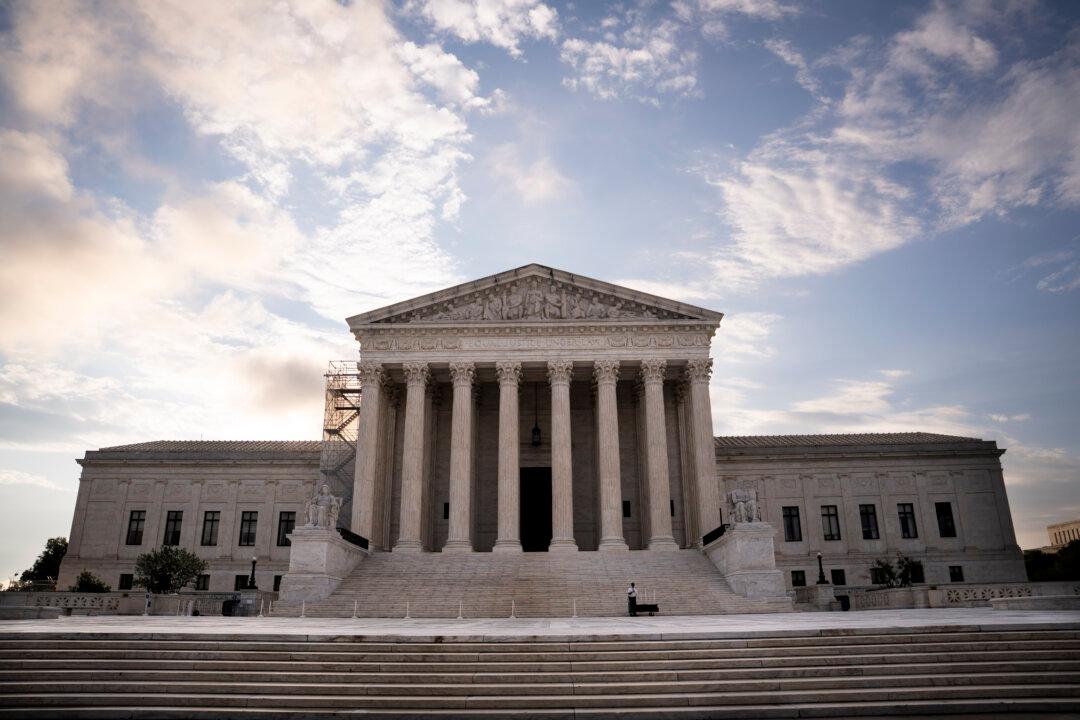News Analysis
School isn’t the only thing back in session this fall. The Supreme Court will resume hearing cases when its new term begins on Oct. 2.

School isn’t the only thing back in session this fall. The Supreme Court will resume hearing cases when its new term begins on Oct. 2.